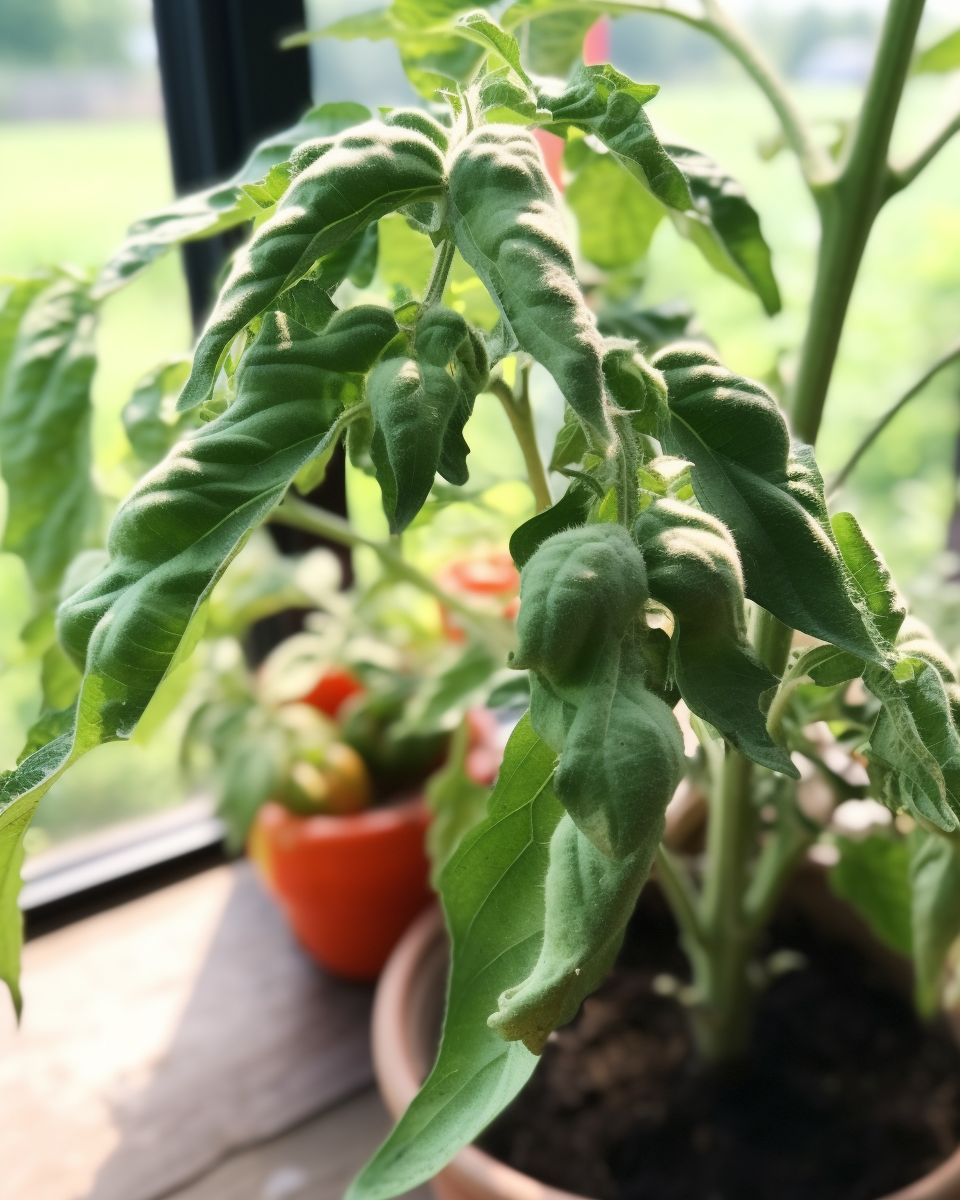Tomato plants are a popular choice for gardeners due to their delicious fruits and relative ease of cultivation. However, even experienced gardeners can encounter issues with their tomato plants, and one common problem is curled leaves.
When you notice your tomato plant leaves curling, it's essential to address the issue promptly to ensure a healthy harvest. In this article, we'll explore the reasons behind this phenomenon and provide solutions to help your tomato plants thrive.
Advertisement
Understanding Curling Leaves
Curling tomato plant leaves can manifest in various ways, including upward or downward curling or even rolling inward. This curling can be caused by a combination of environmental, nutritional, or pest-related factors. Let's delve into the common reasons behind this issue.
Environmental Stress
a) Temperature Fluctuations: Extreme temperature fluctuations can cause tomato leaves to curl. High temperatures during the day and low temperatures at night can stress the plant, leading to leaf curling.
b) Wind and Sun Exposure: Strong winds and excessive direct sunlight can dry out the leaves, causing them to curl as a protective mechanism to conserve moisture.
c) Overwatering or Underwatering: Inconsistent watering practices, such as overwatering or underwatering, can stress tomato plants, leading to leaf curling. Ensure the soil remains consistently moist but not waterlogged.
Nutrient Deficiencies
Tomato plants require a balanced supply of essential nutrients to thrive. A lack of specific nutrients can result in various leaf abnormalities, including curling. The most common nutrient deficiencies associated with leaf curling include:
a) Nitrogen: Nitrogen deficiency can cause older leaves to curl and turn yellow.
b) Potassium: A lack of potassium may lead to curled leaf margins and purple coloring.
c) Calcium: Calcium deficiency can result in distorted leaf growth.
Pest Infestations
Insect pests, such as aphids, whiteflies, and spider mites, can damage tomato plants by feeding on the leaves and transmitting diseases. As a defense mechanism, tomato plants may curl their leaves to protect themselves from these pests. Examine your plants regularly for signs of infestation, including discolored or sticky leaves.
How to Fix Curling Tomato Plant Leaves
Now that we've identified the potential causes of curled tomato plant leaves, let's discuss how to address and remedy the issue:
Maintain Consistent Growing Conditions:
Ensure your tomato plants receive consistent temperatures by providing shade during scorching heat and using frost protection during cold nights.
Protect your plants from strong winds with physical barriers or trellises.
Protect your plants from strong winds with physical barriers or trellises.
Proper Watering:
Water your tomato plants regularly, ensuring that the soil remains consistently moist but not waterlogged.
Use mulch around the base of the plants to retain soil moisture and prevent excessive evaporation.
Balanced Nutrition:
Conduct a soil test to identify any nutrient deficiencies and adjust your fertilization regimen accordingly.
Consider using a balanced fertilizer formulated for tomatoes to provide essential nutrients.
Pest Management:
Advertisement
Regularly inspect your tomato plants for signs of pest infestations.
Use organic or chemical controls as needed to manage pest populations.
Use organic or chemical controls as needed to manage pest populations.

